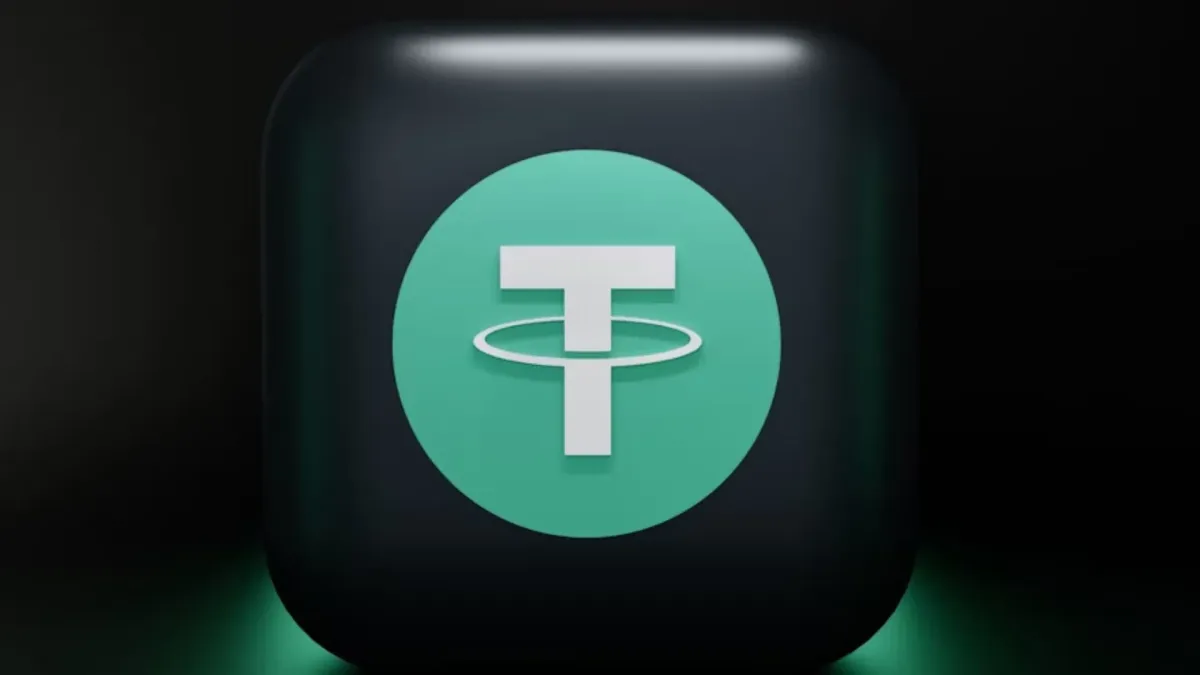Tether, best known for its USDT stablecoin, is deepening its presence in physical assets by hiring senior precious-metals professionals from HSBC. Sources say the hires include Vincent Domien, formerly global head of metals trading at HSBC, and Mathew O’Neill, a senior metals-origination executive covering Europe, the Middle East and Africa.
The move is part of a strategic shift that sees Tether not just as a crypto-issuer but as an asset manager with real-world holdings. The firm is reported to be aggressively increasing its gold reserves, buying physical bullion from Swiss refiners and expanding its infrastructure in the precious-metals space.
Does This Expansion Matters
Tether already holds one of the largest private gold positions outside central banks or major investment funds, with estimates exceeding US $12 billion in bullion.
Recruiting high-calibre metals traders signals the company intends to actively manage this exposure, not simply accumulate it passively. The newly hired talent brings deep expertise in trading, sourcing, storage, counterparty risk and physical logistics, key components in competing with established bullion houses.
In effect, Tether is blending digital-finance and real-asset strategies. By holding gold, the company may be aiming to diversify its backing for USDT or related tokens, enhance credibility in the face of regulatory scrutiny, and participate in traditional safe-haven markets.
At the same time the move raises questions for the broader precious-metals market: a new deep-pocketed buyer with crypto origins could influence supply-chains, vault operations and dealer pricing.
Strategic Context And Broader Implications
This hiring fits into multiple emerging trends: first, crypto firms moving into physical-asset territory as they seek stability amid macro uncertainty; second, gold’s renewed relevance as an inflation hedge and safe asset; third, the blurring of boundaries between digital-asset issuers and tangible-asset managers.
For Tether, the institutional credibility and reserve diversification that come with gold may help counter regulatory pressures and build user trust.
However the challenge is crucial. Managing large-scale bullion holdings involves counterparty risk, storage costs, liquidity constraints and regulatory complexity.
As Tether scales its gold operations, it will need to demonstrate transparency, custody integrity and alignment between its crypto liabilities and physical asset backing.
Ultimately, Tether’s bold step into the bullion market could reshape how stable-coin issuers position themselves in the global financial system. If it succeeds, the firm may become a hybrid between a crypto giant and a traditional asset-management firm.
If it stumbles, the risks may test the assumptions that crypto issuers can pivot into large-scale physical asset operations with the same agility they demonstrated in digital markets.






